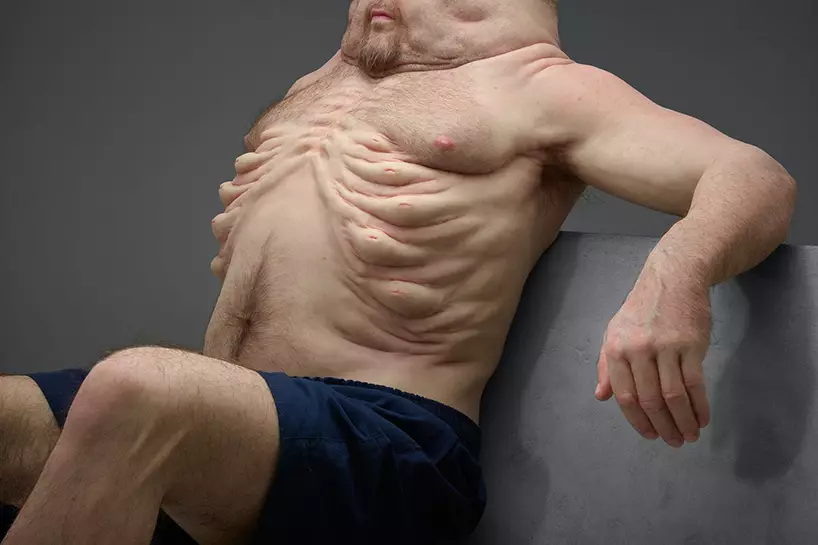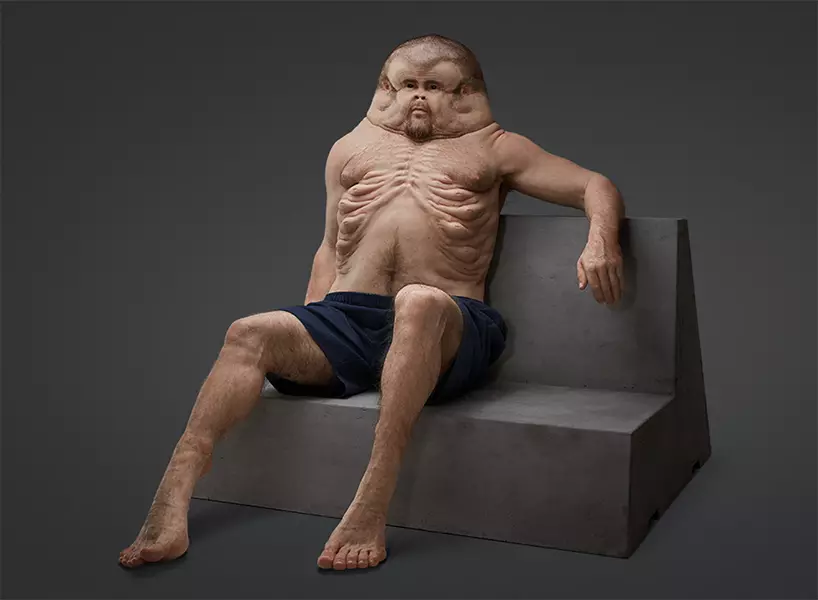This is Graham. A nice guy but with a face of few friends. It is the result of a study that aimed to discover what humans would be like if we had evolved to survive car accidents.
As you know, our race took roughly three million years to get here. During this period our arms got shorter, our posture straightened, we lost hair, looked less wild and we got smarter. The scientific community calls us Homo sapiens sapiens. However, in more recent times our body has been confronted with the need to survive high-speed impacts — something that in these millions of years had never been necessary — until 200 years ago. First with trains and then with cars, motorcycles and planes.
So much so that if you try running against a wall (something that's not evolved or intelligent at all…) you'll survive without major sequelae other than a few bruises. But if you try to do the same in a car, it's a different story… it's better not to try either. Now imagine that we had evolved to survive these impacts. That's what the Transports Accident Commission (TAC) did. But he didn't just imagine it, he did it full-size. His name is Graham, and he represents the human body evolved to survive automobile accidents.
The result is at least grotesque…
To arrive at the final version of Graham, TAC called in two specialists and a plastic artist: Christian Kenfield, trauma surgeon at the Royal Melbourne Hospital, Dr. David Logan, an expert at the Accident Research Center at Monash University, and sculptor Patricia Piccinini.
The cranial perimeter increased, gained double walls, more fluid and internal connections. The outer walls serve to absorb impacts and facial fat as well. The nose and eyes are sunk into the face for one purpose: to preserve the sensory organs. Another of Graham's characteristics is that he has no neck. Instead the head is supported by ribs above the shoulder blade to prevent whiplash movement in rear bumps, preventing neck injuries.

Continuing further down, the rib cage doesn't look happy either. The ribs are thicker and have small air pockets between them. These act like airbags, absorbing the impact and reducing movement of the chest, bones and internal organs. The lower limbs have not been forgotten: Graham's knees have extra tendons and can be bent in any direction. Graham's lower leg is also different from ours: he has developed a joint in the tibia that prevents fractures as well as providing better impetus to escape from being run over (for example). As a passenger or driver, the articulation absorbs impacts from chassis deformation — hence your feet are smaller.
Disturbingly real, isn't it? Fortunately, thanks to our intelligence, we have developed safety systems that spare us this aspect and guarantee our survival in the event of a car accident.

